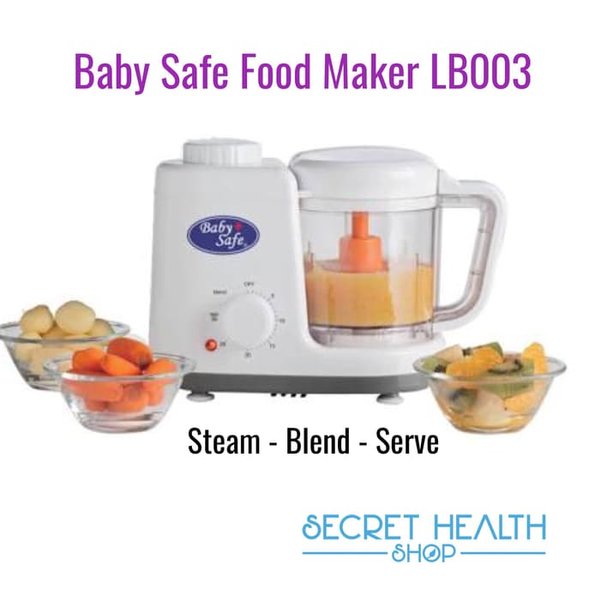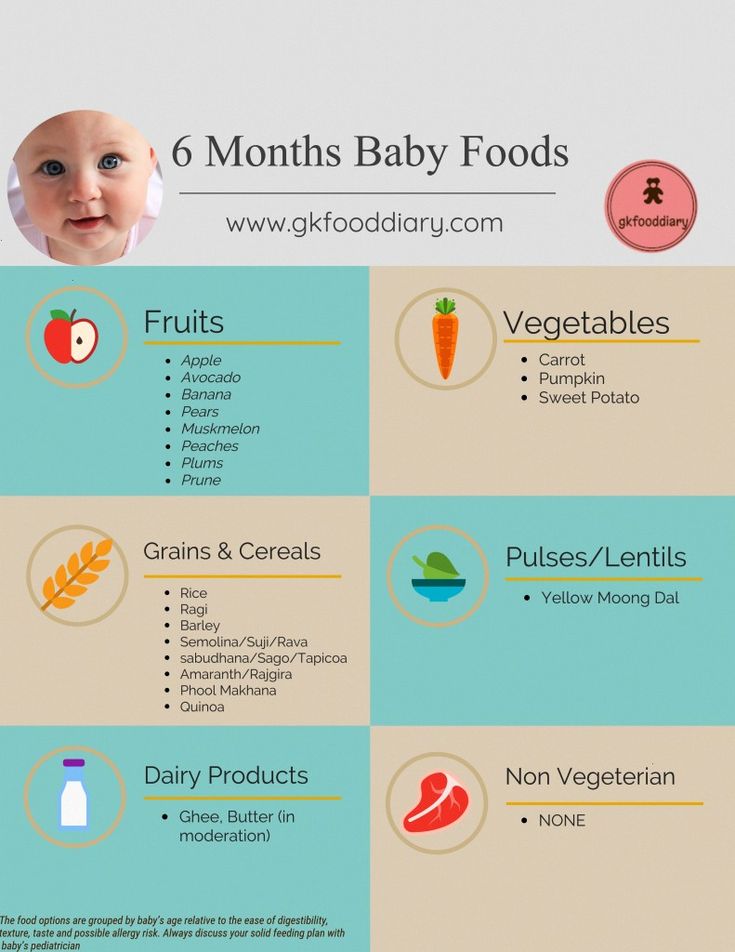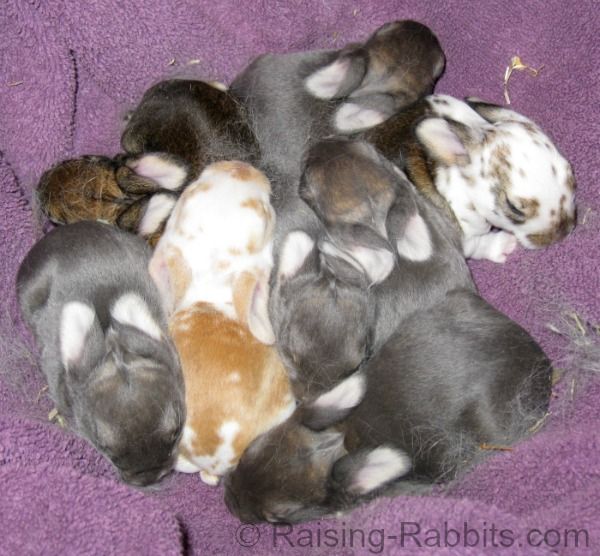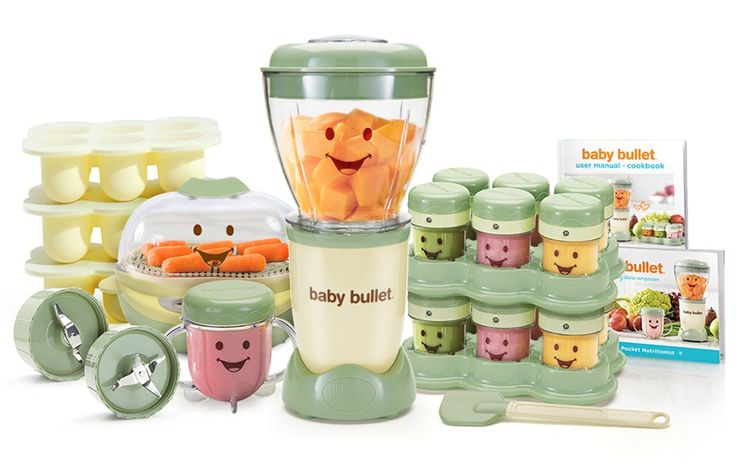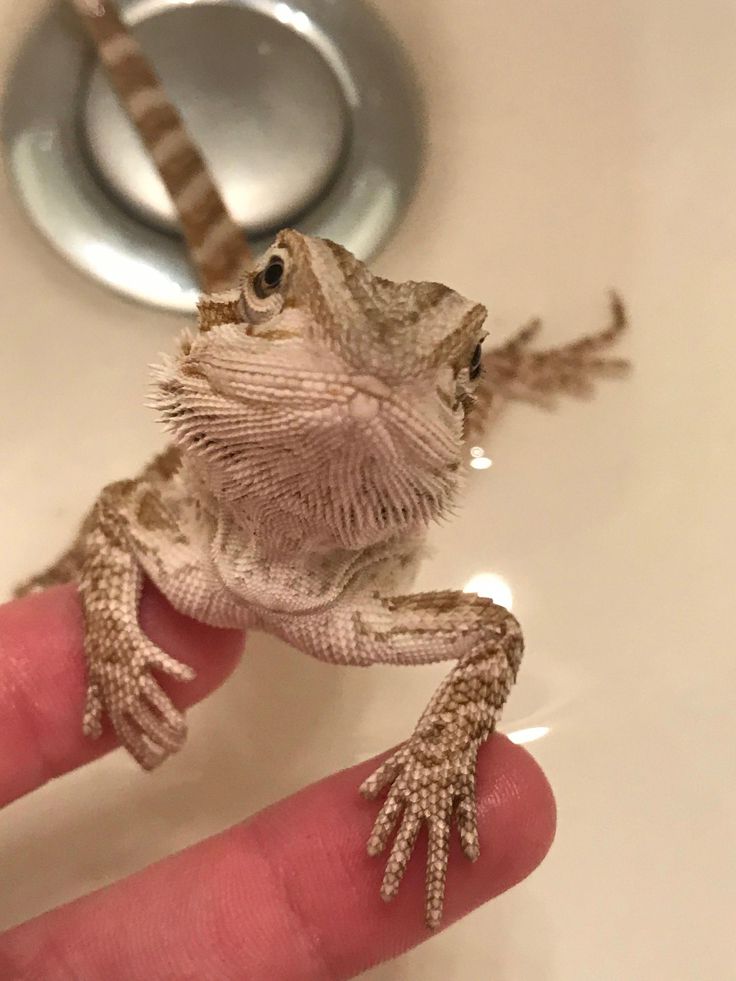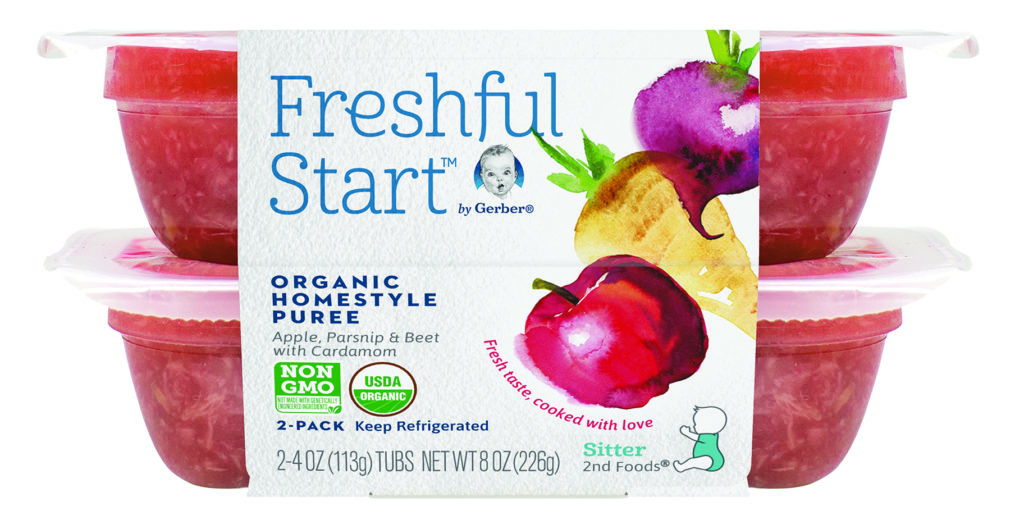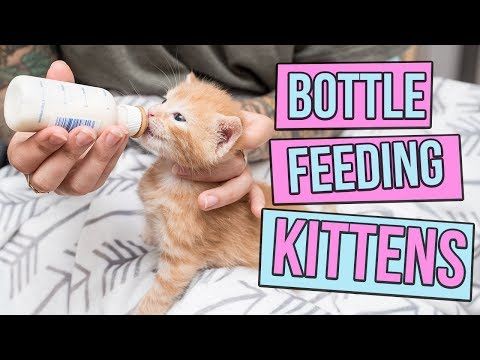Dog safe baby food
7 Types of Baby Food that Your Dog Can Eat
Please share!
Having dogs is fun when you remember the love and attention that they give to you. If you have dogs, you tend to give them a lot of treats and delicious meals.
What treats can you give to dogs?
Some dog owners give their dogs baby food. Can dogs eat baby food? If so, what type of baby food can dogs eat? Here are seven baby food ideas for your dogs:
Table of Contents
1. Baby Formula
Baby formula is packed with every nutrient essential for the growth of your baby. Guess what, even dogs can eat baby formula. Baby formula will enrich your dog’s diet with proteins, carbohydrates, vitamins, and other needed nutrients.
Dogs need less iron in their food than we do and baby formula has some iron in it, but not enough to make it unsafe for dogs to consume. Dogs also need fiber in their diet, but the fiber content in baby formula is low. This means that you should give baby formula to dogs as treats and not regular meals.
2. Gerber Baby Food
Gerber baby foods are completely safe for dogs just like your baby. Most Gerber foods are made with fruits and dogs love their fruits. Gerber foods also have a lot of vitamins and minerals that your dog needs.
Both young and old dogs can eat Gerber baby food. You can even use this type of food to give an appetite to sick dogs.
3. Fruits
Fruits are essential for dogs as they are natural, delicious, and nutritious. Examples of fruits that both babies and dogs can eat are:
- Bananas: Sweet ripe bananas are treats for your dogs.
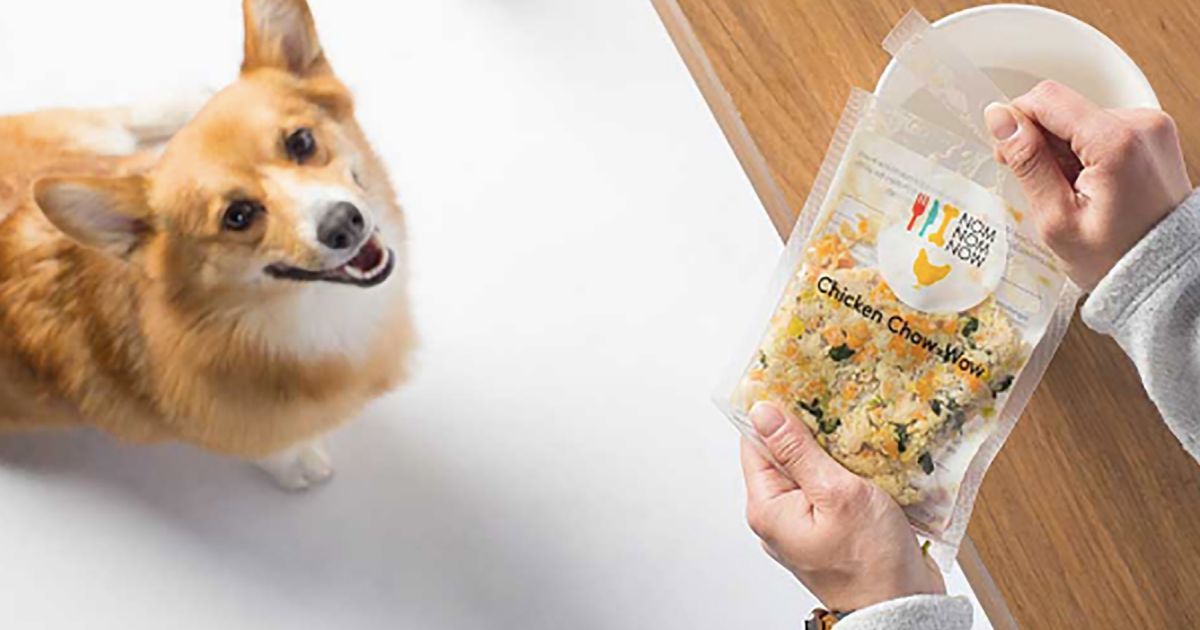 Bananas are rich in potassium and other nutrients for your puppies and adult dogs.
Bananas are rich in potassium and other nutrients for your puppies and adult dogs. - Pumpkins: Do you love pumpkins? Well, so do dogs. Give only ripe pumpkins to dogs.
- Apples: Dogs can eat apples and they love apples. Please do not allow your dogs to eat apple seeds as they can be toxic to dogs.
- Blueberries: These berries are rich in antioxidants, so they are safe for your dog and help to boost their immune system.
- Cantaloupe: This fruit is an awesome source of water and nutrients for dogs. Give cantaloupes to your dogs when they are hot.
- Pineapples: A lot of babies love pineapples as well as pineapple juice. If you have leftovers, you should give them to your dogs.
- Tomatoes: Tomatoes are rich in water, vitamins, and minerals for your babies as well as your dogs.
Most fruits are rich in sugars. You should give fruits to your dogs like treats, not a regular meal.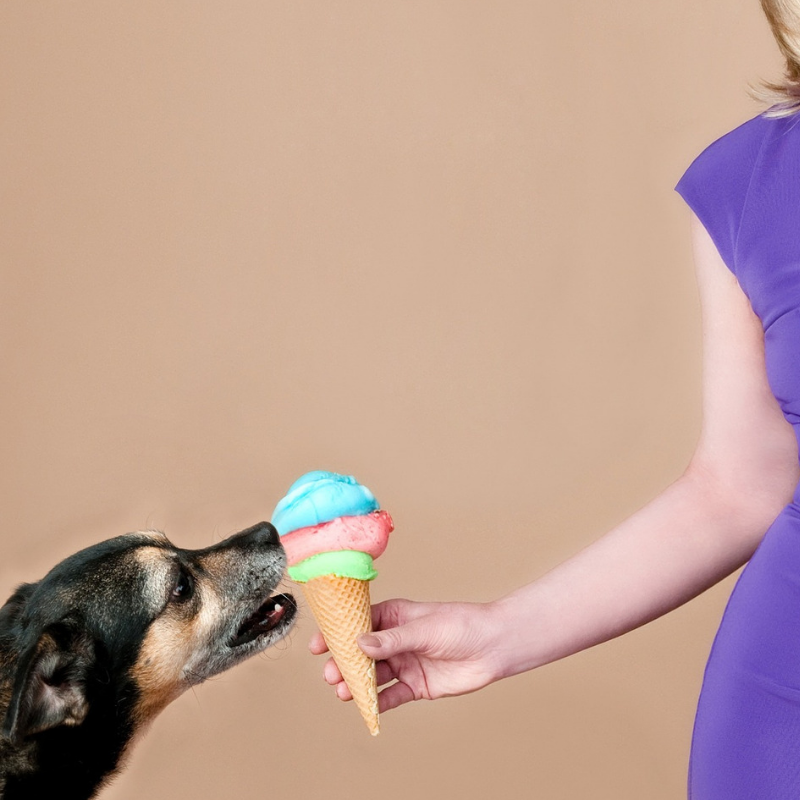
4. Vegetables
Vegetables are good for the health of your babies. Vegetables give fiber as well as vitamins and minerals to your baby. Just like babies, dogs can eat vegetables. Here are examples of vegetables that you can give to your dogs:
- Potatoes: Potatoes are tuber vegetables that are rich in starch. Many parents make potato pudding for their babies. You should give potatoes to your dogs as treats.
- Spinach: This fiber-rich vegetable is safe and healthy for dogs. You can give your dogs spinach by mixing it with other types of food.
- Carrots: Dice or slice carrots for your dogs as they love them. Carrots are healthy treats for both young and old dogs.
- Peas: Do you have peas to spare? Why not give them to your dogs? Peas are not the favorite treat for dogs, but they still eat them when provided.
- Lettuce: Just like spinach, lettuce is a healthy leafy green for dogs.
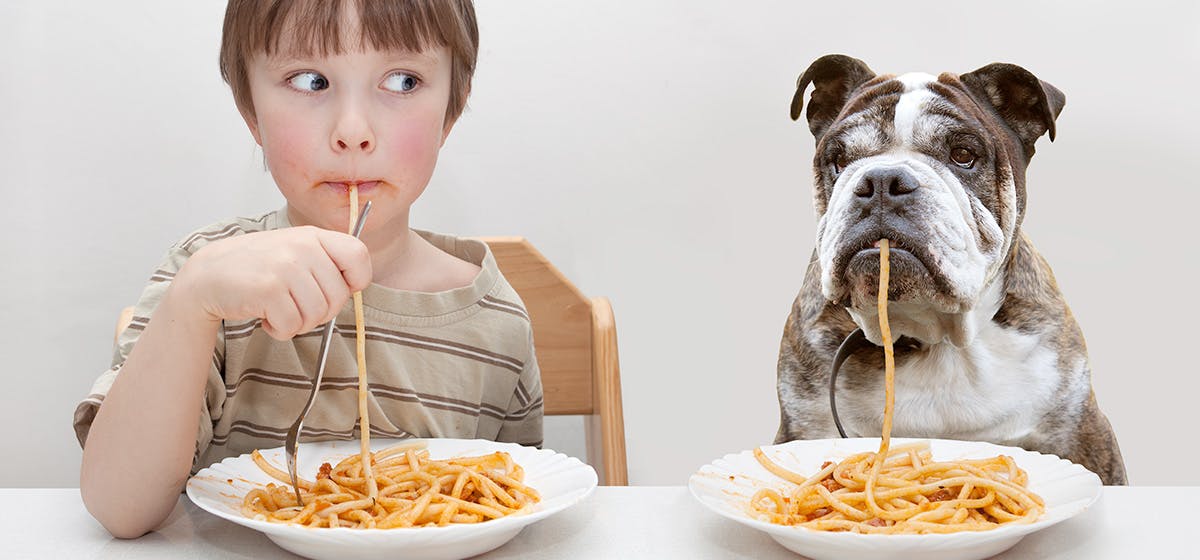
Remember that if your dogs do not like their vegetables, you can mix the vegetables with other types of foods (foods that your dogs love to eat).
5. Baby Puffs
Do you have some baby puffs to spare? Baby puffs are delicious treats for dogs. Baby puffs are made with nutritious ingredients that are not harmful to your dogs when eaten in moderate quantities. Some ingredients used in making baby puffs are:
- Wheat flour
- Sugar
- Oat flour
- Rice flour
As you can see, baby puffs are completely safe for dogs.
6. Meaty Baby Foods
Any baby food that contains meat is probably a favored treat for dogs. Dogs need meat as well as other protein sources for their full development. You can give beef, chicken, pork, or any meaty products to your dogs. Make sure that the food is well-processed and it has not stayed open for too long before you give it to your dog.
7. Other Safe Recipes
If you make your baby food by yourself, you can give it to your dog so long as it meets the criteria below:
- It does not contain chocolates
- It does not contain toxic items such as apple seeds
- There are low levels of iron in the food
- The level of sugar is moderate to low
- It is not a medical recipe or product
Any of your special recipes that match the criteria above can be given to your dog (in little quantity).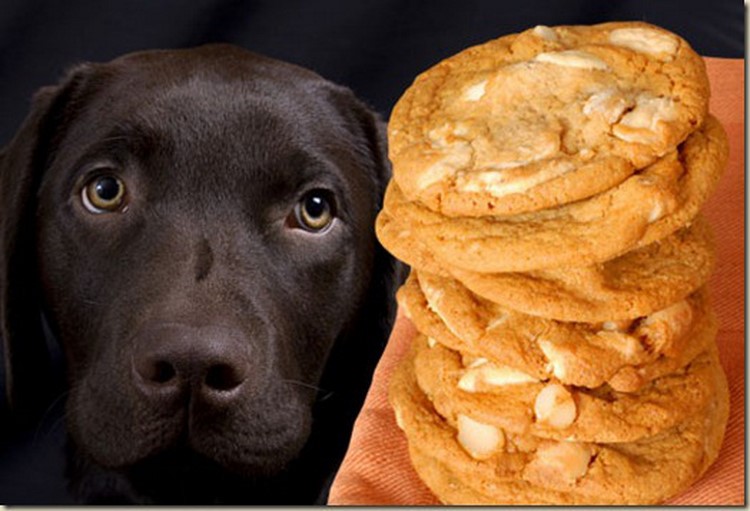 You can also ask the vet if the product or recipe is safe for dogs.
You can also ask the vet if the product or recipe is safe for dogs.
As you can see, there are so many types of baby foods that dogs can eat. Don’t throw leftovers away. Instead, give them to your dogs as treats or meal-toppers!
Related Questions and Answers
Here are answers to a few similar questions:
1. Should You Replace Your Dog Food with Baby Food?
You should not give only baby food to your dogs. Baby food is usually high in carbohydrates and low in fibers and dogs need their fiber and very little sugars. Baby food can also be expensive, so giving only baby food to your dog can cost you a lot of money.
Instead of giving baby food to dogs regularly, here are some recommended methods of giving baby foods to dogs:
- As Treats and Rewards: Give baby food to dogs as treats. This means that you should give it occasionally and not often. Dogs love baby food (especially baby formula and meaty foods).
 You can use baby food to reward dogs for their good behavior during training.
You can use baby food to reward dogs for their good behavior during training. - Mixed with Food: Instead of giving only baby food to your dog, you can mix it with their normal food. This will help your dogs to have more nutrients from their meal.
- Give Appetite to Sick Dog: Sick dogs usually lack appetite and will reject a lot of food. If your dog is rejecting meals, try to mix some baby food with their meal. Baby food will usually increase your dog’s appetite to eat.
- To Change Your Dog’s Food: When you change the food of your dog, they might lack interest in the new food. Try adding baby food to the new food for a few days to see if your dog will accept the food.
Giving baby food to your dogs just once in a while can increase the value that your dogs have for baby food. This makes baby food an awesome treat for dogs.
2. Can Puppies Eat Baby Food?
Puppies can eat baby food such as formula, baby puffs, fruits, meaty products, etc. One good quality of baby foods is that they are always very easy to digest. When your puppies eat baby food, they get nutrients quickly, and thus, baby food is beneficial for them.
One good quality of baby foods is that they are always very easy to digest. When your puppies eat baby food, they get nutrients quickly, and thus, baby food is beneficial for them.
Since puppies have their own formula which is cheaper than baby formula, you should give them baby food as treats and not their actual meal.
3. Can Baby Foods Make Dogs Sick?
Baby foods can make dogs sick at times. For example, baby food can give dogs stomach aches and headaches if they eat too much of it (especially when the food contains a lot of sugars). Also, baby food can make dogs sick when it has gone bad.
If you are giving leftover baby food to your dogs, make sure that it has not been open for a long time. Don’t give spoiled baby food to dogs nor other animals.
4. Can Cats Eat Baby Food?
Just like dogs, cats can eat baby food, but as treats and not actual foods. Cats love meaty baby foods even more, so you can give your cats some leftover products containing beef, chicken, pork, and other types of meat.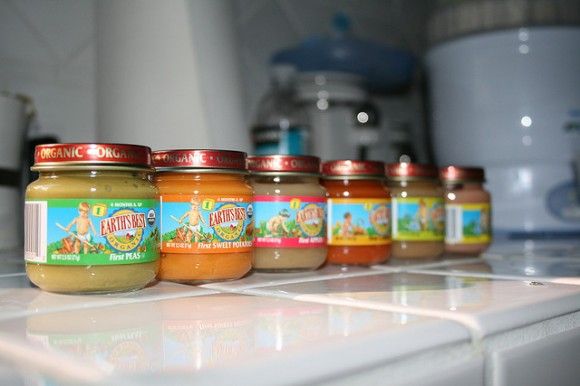
Don’t give too much baby food to cats else they might refuse to eat other foods (who wouldn’t prefer baby foods?).
5. Other Animals that Can Eat Baby Food
Here are examples of other animals that can eat baby food:
- Chinchillas: Chinchillas can eat plant-based baby foods such as fruits and vegetables.
- Guinea Pigs: Just like chinchillas, guinea pigs only eat plant-based products.
- Pigs: Pigs can eat several types of baby foods. Make sure that you do not give them too much.
- Rabbits: You can give your leftover fruits and vegetables to your pet rabbits as rabbits love to eat baby food.
- Goats: Got any baby food to spare? Goats can eat several types of baby food, but you should give them only plant-based products.
You should not waste your leftovers of baby food by throwing them away. Instead, give them to your pets and farm animals.
Found the answer to your question yet? I hope so!
Final Thoughts
Dogs can eat different types of baby foods.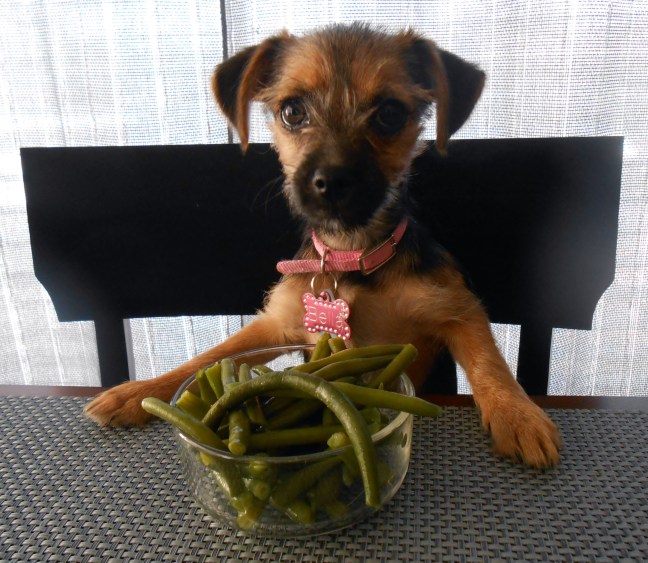 Dogs eat baby food products such as Gerber foods, vegetables, baby puffs, meaty foods, etc. Even though dogs can eat baby foods, you should make sure that they only eat baby food occasionally and not regularly.
Dogs eat baby food products such as Gerber foods, vegetables, baby puffs, meaty foods, etc. Even though dogs can eat baby foods, you should make sure that they only eat baby food occasionally and not regularly.
Sources
- https://spoiledhounds.com/can-dogs-eat-baby-food/
- https://www.akc.org/expert-advice/nutrition/fruits-vegetables-dogs-can-and-cant-eat/
- https://www.akc.org/expert-advice/nutrition/six-foods-to-feed-your-dog-when-hes-sick/
- https://animals.mom.com/how-to-make-an-automatic-dog-feeder-12179954.html
Dogs Can Eat Baby Food
Last Updated on
Are you wondering if your dog can be fed baby food?
These formulas are obviously designed for human newborns, but does that necessarily make them all wrong for animals?
Truth be told, most veterinarians will tell you there should be a good strategic reason to provide baby food.
While dogs have different dietary needs, bland nourishment can make sense for canines at the end of their lives.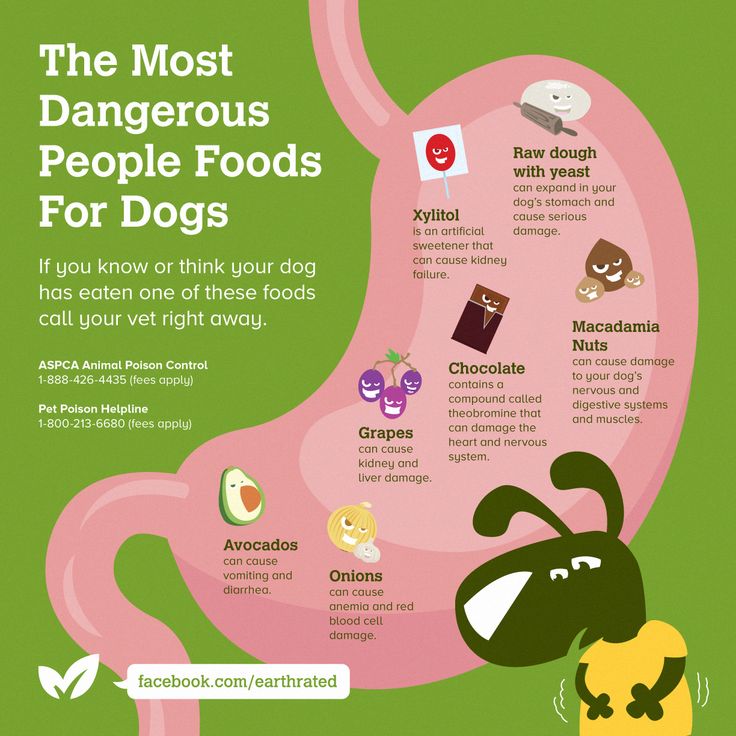 And there are also situations where this type of food is useful on a temporary basis.
And there are also situations where this type of food is useful on a temporary basis.
And be very careful to withhold any formula that contains garlic or onion powder. Those are toxic ingredients when it comes to your best buddy.
Something else to consider…
Frequently feeding baby food could make your dog a finicky eater. Young puppies, in particular, can easily develop a frustrating food fussiness.
Be Selective With Ingredients
It must be stressed that you’ve got to be choosy.
Baby foods typically include fruits and vegetables such as:
- Oranges
- Banana
- Sweet potato
- Carrots
- Peas
Good news! These are beneficial and generally a net positive for dogs.
On the other hand…
Any brand that contains onion (usually in powder form) or garlic is strictly off limits to your dog. And there is a real potential for harm if, for example, grapes are an ingredient in the baby food.
Carefully read the product’s label!
It’s Not For Healthy Hounds
Baby food is often used in emergency animal hospitals for under-the-weather pets.
We asked Veterinarian Sara Redding Ochoa (DVM) for her thoughts and here is what she said:
“Feeding baby food is a great idea if your dog is very sick. It’s easy to provide via syringe, but most under-the-weather canines will eat a little bit of baby food on their own before they will touch their regular dog food.”
But a thriving puppy doesn’t need this type of human-formulated diet.
It really is best to avoid experimenting when it comes to your dog’s diet and this applies to baby foods as well. Allergic reactions also aren’t out of the question.
The point is you should strive to keep your dog’s life as simple as possible!
Here’s The Biggest Downside
Dogs are prone to becoming picky eaters!
Does your buddy already like baby food?
Careful! They may begin refusing to eat what they really need to be healthy.
Make no mistake about it:
Giving in to your dog’s whims is a sign of behavioral trouble ahead.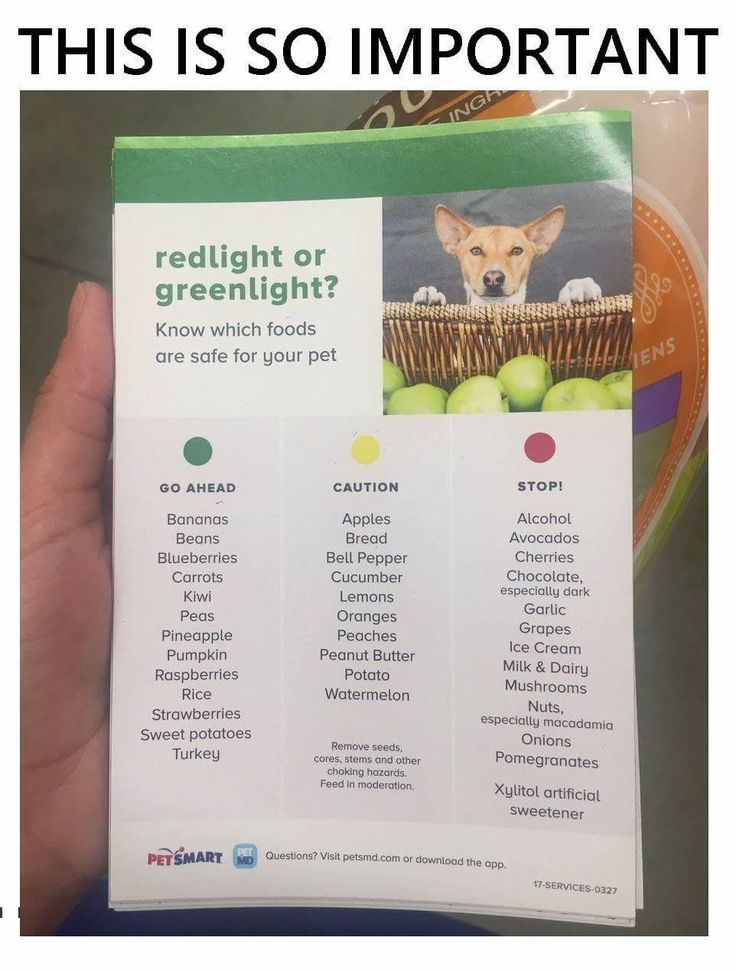 Avoid this early on while they are still puppies.
Avoid this early on while they are still puppies.
Mixed-In With Dog Food
Some people mix baby food with dog food which is better than straight baby food.
But again, if going that route, you must ensure there are no harmful ingredients.
And the dog food portion should be the majority of the serving size. It’ll be more balanced and nutritious assuming you’re buying the good stuff.
Regarding Picky Eaters
It is important to instill in your dog (or puppy) that not eating their adult meals will cause them to miss out and possibly go hungry.
Be firm! Consider withholding food if your dog refuses to eat.
Whatever you do…
Do not give in by offering questionable provisions including baby food unless a vet expressly recommends it.
The Bottom Line
Only feed your dog baby food if there’s a valid medical reason. Otherwise, doing so is not recommended.
While usually not dangerous, these formulas don’t offer the right balance of vitamins and minerals. Canines have a distinct set of nutritional requirements compared to newborn babies.
Canines have a distinct set of nutritional requirements compared to newborn babies.
Last but not least, careful of bad feeding habits. Avoid spoiling an already healthy dog with baby food.
What Do You Think? Have Your Say Below…Please let us know so we can improve!
Is it possible to feed dogs with baby food, what to give instead for puppies
January 25, 2022
The question seems simple and unambiguous only at first glance. Many people think that if a product is made for babies, its quality should be on top and certainly suitable for feeding pets. We do not argue that in most cases the production of food for infants is indeed of high standards, but the problem here is not in the quality of raw materials and compliance with production standards, but in compliance with the composition of baby food to the needs of predators - adults and especially growing ones.
Only as a treat
If there is a baby in the house, dogs often get the uneaten remains of instant cereals, milk mixtures, vegetable and meat purees. Well, if it's about giving baby food as treats to dogs, it's okay, even though it doesn't make sense. Just do not forget that the share of this kind of treats should be no more than 10% of the calorie content of the entire diet (per day), otherwise your dog will quickly gain weight, which will be very difficult to get rid of.
Well, if it's about giving baby food as treats to dogs, it's okay, even though it doesn't make sense. Just do not forget that the share of this kind of treats should be no more than 10% of the calorie content of the entire diet (per day), otherwise your dog will quickly gain weight, which will be very difficult to get rid of.
Particularly harmful in this regard are porridges, a source of readily available carbohydrates. However, cottage cheese, kefir and milk mixtures are also not the healthiest food for a dog. Yes, they contain milk protein and usually probiotics, but they are often additionally sweetened - which is not good for animals at all. If we are not talking about puppies, but about adult dogs, then “native” milk sugar is a big risk. The farther from puppyhood, the less pets have enzymes designed to digest lactose. By 7-8 months, only a small part of the dogs can digest and assimilate the "milk" well, the majority have bloating, diarrhea of varying degrees of intensity.
What about meat purees in glass and tin jars - such as Tyoma, Nestle, Grandmother's basket, etc.? It is they who are most often referred to when they talk about feeding pets with baby food. Moreover, many owners specifically buy baby food in stores, and do not use stocks purchased for children and grandchildren with the goal of “not wasting”. Usually this practice is typical for owners of small puppies, adult dogs of small breeds, as well as pets who find it difficult to chew. Alas, it is undesirable to give even meat baby food to dogs on an ongoing basis. And there are reasons for this.
Why shouldn't you feed your dog meat baby food?
First, these products have a completely different composition. The dog will obviously not receive the necessary components - animal protein and fat, which are vital to it, and calories will not be received from the usual and so healthy meat, fish or poultry, but most likely from grain and starch.
Secondly, all these products undergo a powerful heat treatment (sterilization), during which not only possible pathogenic microorganisms are destroyed, but also many useful substances vital for predators are lost - a number of amino acids and vitamins.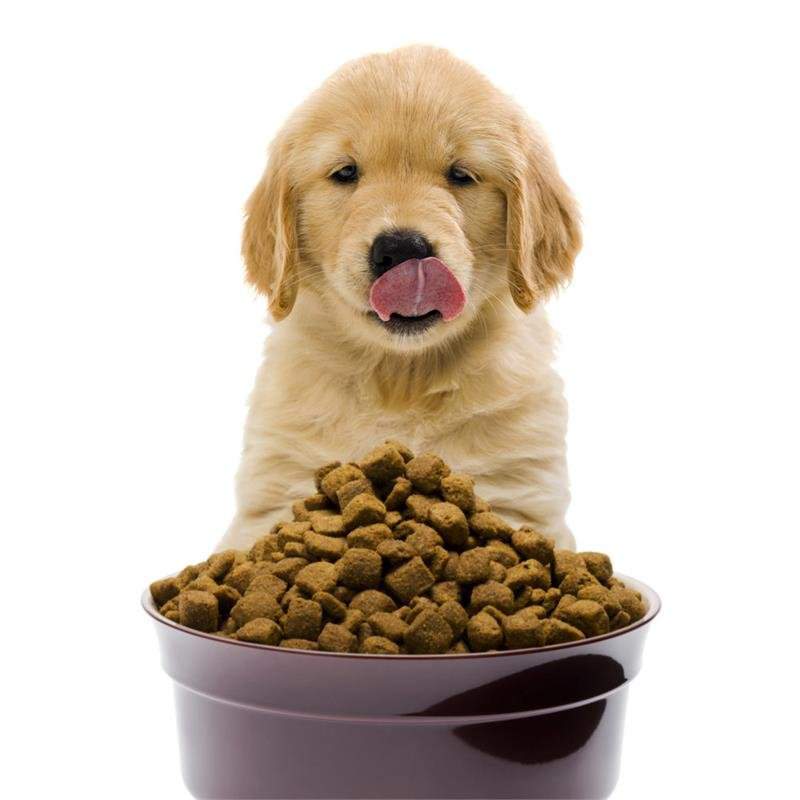 In the manufacture of industrial food for dogs, the same thing usually happens, however, manufacturers, knowing about the problem, introduce the "lost" substances additionally, at the last stage of production.
In the manufacture of industrial food for dogs, the same thing usually happens, however, manufacturers, knowing about the problem, introduce the "lost" substances additionally, at the last stage of production.
It is not for nothing that ready-made food, which is intended for daily nutrition of animals, is called “complete” or “balanced”, and its recipe is called “formula”. On the label you will definitely find the components included in the mineral-vitamin complex, the amount of proteins, fats, carbohydrates, fiber. And even if some substances were not enough in the feedstock, after taking samples for analysis, the developer will add what is needed to the “dough” of the feed.
Data on the needs of dogs are not taken from the ceiling and not from the personal experience of the manufacturer, but are correlated with the figures recommended by the competent regulatory organizations - AAFCO, FDA, as well as GOSTs for non-productive animals.
Thirdly, in the composition of children's meat food, you can often find such undesirable components as potato starch, rice or wheat flour. And also, which is rather unpleasant, salt, spices and even dried onions. The proportion of such additives is rarely indicated, and it may happen that when buying a “meat” puree, you will provide your pet with only its likeness, moreover, devoid of the necessary nutrients.
And also, which is rather unpleasant, salt, spices and even dried onions. The proportion of such additives is rarely indicated, and it may happen that when buying a “meat” puree, you will provide your pet with only its likeness, moreover, devoid of the necessary nutrients.
Why is the use of baby food so popular in feeding puppies and dogs? This product really has many advantages: it contains understandable types of meat, is well homogenized and has a delicate texture (which is important for small puppies and dogs with oral problems), is completely ready for use and can be stored at room temperature. An important advantage for some owners is the financial side of the issue: sometimes baby food seems cheaper than high-quality wet dog food, and at the same time it is easy to buy.
Is it possible, taking into account the above-mentioned advantages, to choose an analogue for children's purees among canned food created specifically for dogs? Delicious, complete, healthy in composition, delicate in texture, conveniently packaged and affordable and available in stores? Yes, you certainly may.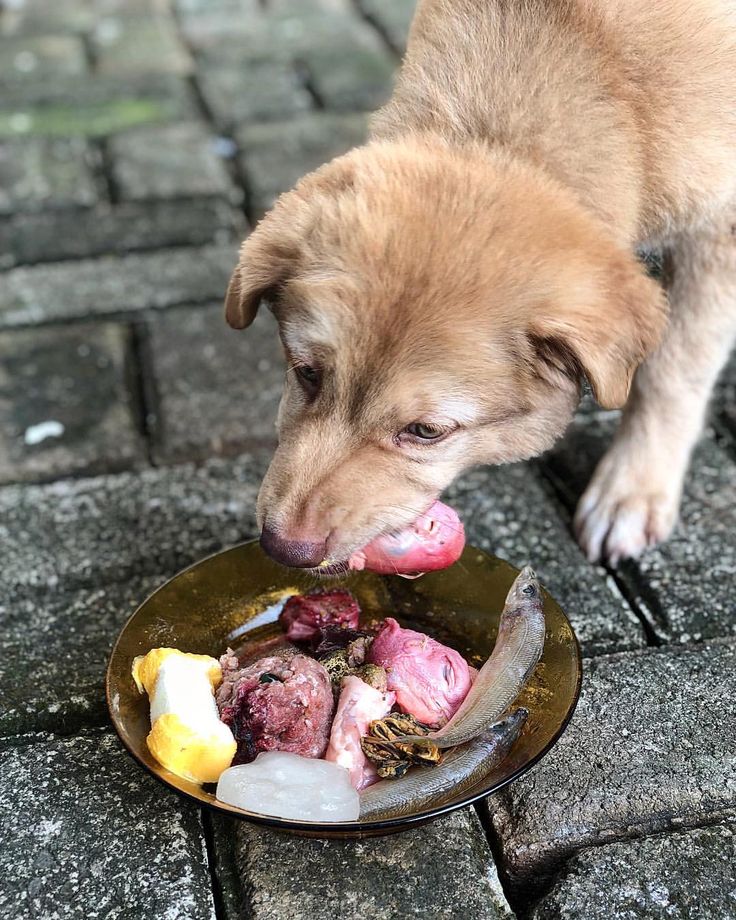
What to give instead of baby food?
Let's start with those who receive baby food not from younger family members, but from reverent owners who strive to give their pet the best and safest.
Feeding small puppies
For the first three weeks, mother's milk is the only thing a puppy needs, but then you can start accustoming a kitten to meat food. Not any diet is suitable, but as you understand, the most tender, easily digestible and very nutritious. It is commonly referred to as a "starter", but not all manufacturers make one. We have such a product in our assortment, it is Blitz Sensitive "Turkey with Zucchini" - a starter food for puppies, pregnant and lactating bitches. Packed in 200 g cans with a key. Contains turkey meat, several types of offal, zucchini pulp, milk powder, prebiotics and a vitamin and mineral complex. The product has a high calorie content, so it is advisable to give it up to 4 months, when the puppies are growing rapidly, then it is advisable to switch to other canned food options, for example, with chicken and pumpkin or lamb and turkey.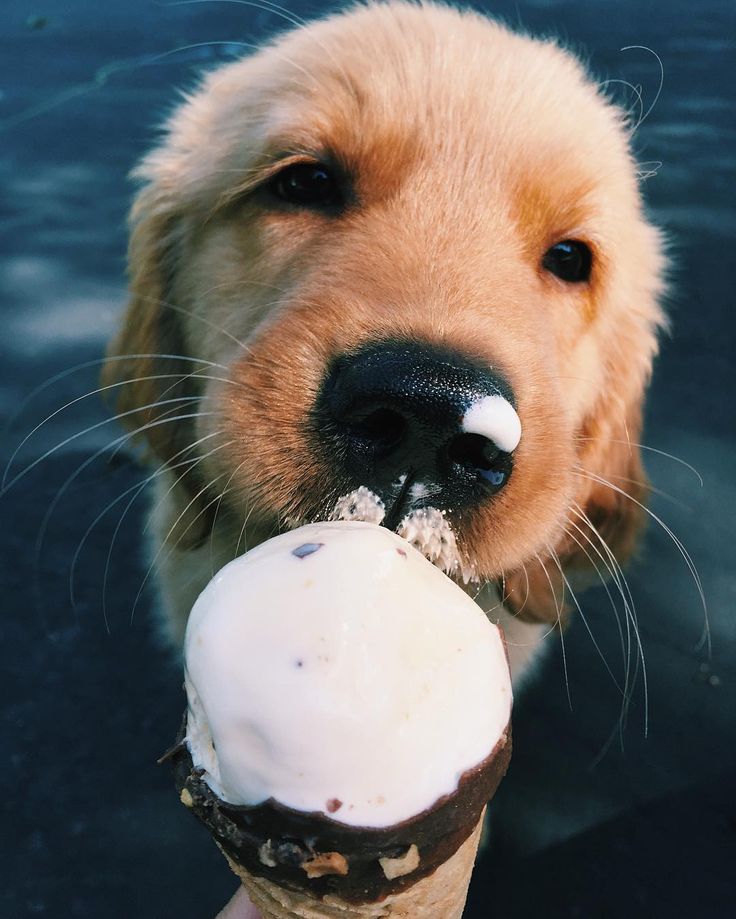
All Blitz wet foods for dogs and puppies are complete rations with 80% to 98% meat ingredients. By consistency, they are divided into “pieces in sauce” or chopped pates, they are available in different packaging options (85 g, 200 g, 400 g and even 700 g) and are presented in a wide flavor palette - you will definitely choose what suits your pet.
The current assortment can be viewed on this page of our catalogue. Foods marked "for all breeds and ages" are designed, among other things, for the daily feeding of puppies that have come out of the lactation period.
Canned food for small breeds of dogs
Miniature pets (Chihuahua, Spitz, Dachshund, Toy) are also very fond of eating baby food, and in terms of packaging it seems to be intended for them for a single portion. But, despite the external "toy", these are real dogs - brave, tireless, with well-developed muscles and light bones. And they need to eat the same way as other breeds - not purees like "Tyoma", but a balanced diet.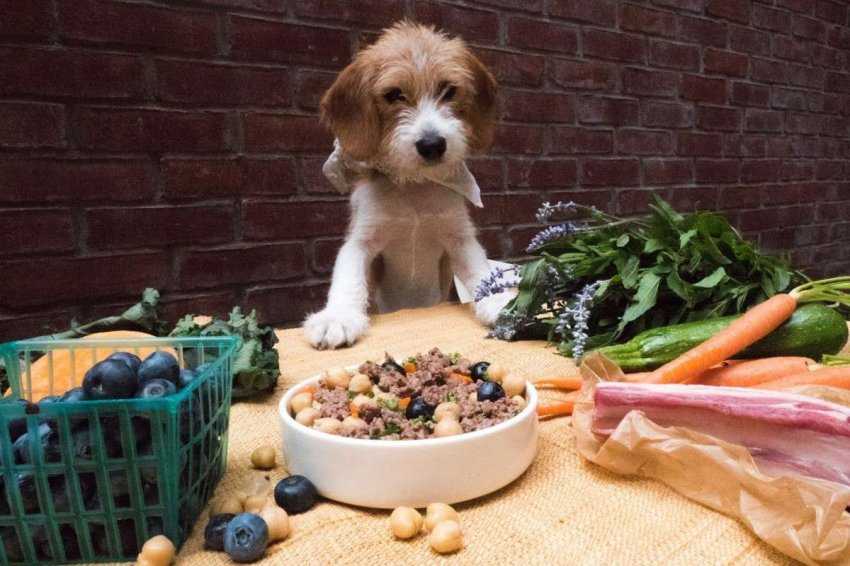 Slices of canned Lamb with Salmon, Beef with White Fish or Turkey with Duck soaked in fragrant sauce will please your gourmet much more than baby food, and they will be a hundred times more useful.
Slices of canned Lamb with Salmon, Beef with White Fish or Turkey with Duck soaked in fragrant sauce will please your gourmet much more than baby food, and they will be a hundred times more useful.
Blitz dog food is produced in Russia using European equipment. They are developed taking into account the recommendations of leading veterinary organizations and regulatory authorities, from high-quality raw materials, without the use of preservatives and dyes.
Nutrition for debilitated dogs
In most cases (except for liver diseases) during the recovery period and in old age, dogs do not need diet food (as we understand it), but easily digestible nutritious food. If your dog was recommended a temporary liquid diet after surgery, or if your pet has oral problems, it is not necessary to opt for baby mashed meats. The correct choice would be to use any of Blitz's complete wet or even dry foods, bringing them to the desired consistency with water. Learn how to properly soak dry food here.
Learn how to properly soak dry food here.
Blitz – available to everyone
Blitz wet food can be found on all major online trading platforms (Ozon, Wildberries, YandexMarket), ordered on the official website of the brand or bought at the pet store of our distributor partners. A complete list of them, with addresses and phone numbers, you can see on this map. We supply our products to all regions of Russia.
Due to Russian production, transparent logistics and focus on quality, Blitz wet food boasts a competitive price. You can give them to your pet every day, and it will certainly not be more expensive than feeding him baby food, but it is guaranteed to be more beneficial for his health and development.
What treats should I give my dog? Experts advise!
Many owners wonder what treats to give their dog. After all, the process of training and education goes much faster if you encourage your four-legged friend with a treat!
We asked experts for their opinion on what treats should and shouldn't be given to your dog.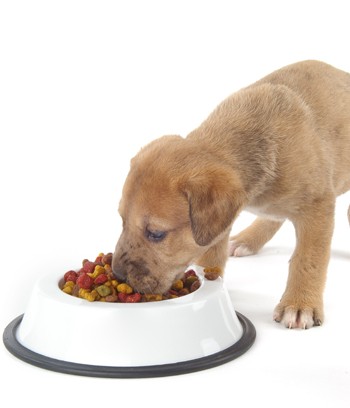
Ekaterina Kuzmenko, nutritionist
A dog treat should be:
- Healthy
- Delicious
- Convenient.
When you buy treats for your pet, choose treats that are free of sugar, salt, artificial colors and flavors.
It is important to choose the right taste for the treat so that the dog reacts well and obeys the commands with great zeal.
For convenience when exercising with a dog, treats should be accessible in size so that eating them does not distract from the activity. It will also be more convenient for you to use a treat that does not crumble and does not stain.
Best natural treats made from meat (chicken, lamb, beef, etc.). They come in the form of dried and semi-moist fillets, sausages.
They are easy to grind and put in your purse or pocket. You can also opt for dog biscuits.
Important! Any treat is an additional food. Its quality and quantity affects the health of your pet.

Remember that the dog must not be exercised after feeding.
For allergic dogs, choose hypoallergenic rabbit, turkey, duck, lamb treats.
On the photo: dog treats
Olga Krasovskaya, cynologist, animal trainer, head coach of the Belarus agility team
It is better to choose the treat that your dog likes the most.
It is very convenient to use boiled chicken stomachs - they do not crumble, they can be chopped as finely as possible.
Ready-made snacks can be used. Dogs love Royal Canine Energy, but they are high in calories.
It is convenient to use ready-made dried by-products, for example, light - the most profitable and convenient option. It's lightweight, so it's cheap. At the same time, it breaks well and smells pleasantly of dried mushrooms.
Dogs are very fond of bovine eggs (thinly sliced before drying), tripe and intestines. The most terrible smell in the intestines.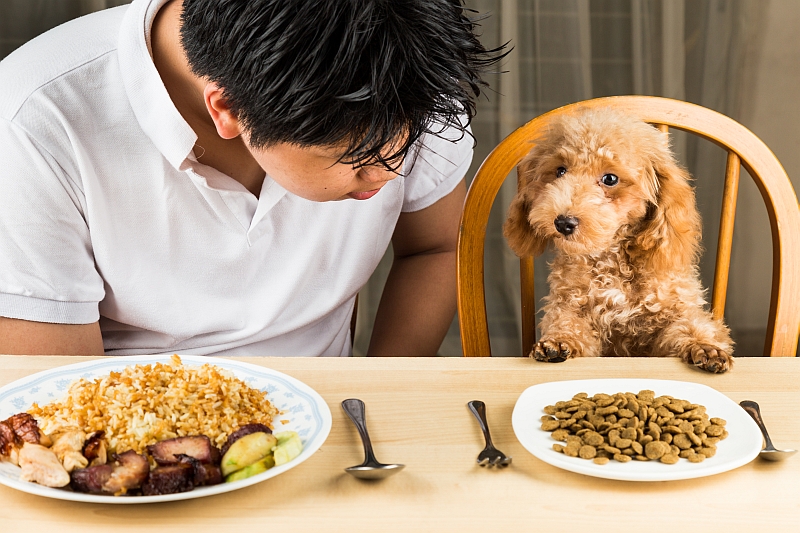 All of these can be bought ready-made.
All of these can be bought ready-made.
If you want to tinker, you can prepare a treat for the dog yourself:
- The liver is passed through a meat grinder, onions, carrots, garlic, a little salt, egg, flour are added.
- Spread it in a thin layer on a baking sheet and dry it, then cut it.
If you give your dog raw food, he will happily eat the unpeeled tripe. Of course, he is very smelly and gets his hands dirty, but he is quite capable of turning on his brain.
My dogs love pancakes and cheesecakes.
If the dog is not a manic eater, then it is good to change the treat, because a new one is always tastier.
For the smooth fox terrier I use regular food because a treat is not used for stimulation and motivation, but for calming.
All this can be done if there are no problems with the stomach and allergies.
Pictured: dog treat
Anna Lisnenko, veterinarian, cynologist
Firstly, treats for training should be convenient. Secondly, it must fit the dog.
Secondly, it must fit the dog.
Treats should not be too greasy and unhealthy. Sausages, cheeses and sweets will not work.
Boiled by-products are well suited as treats for dogs. It is also a good idea to use ready-made store-bought treats, which are presented in large quantities in our pet stores.
Remember that the amount of treats eaten during training should be deducted from the daily ration.
If your dog is allergic, you need to take this into account when choosing a treat and make sure that the composition does not contain foods that your pet is allergic to.
The taste preferences of the dog must be taken into account.
Many pet treats are fortified. This should be taken into account in order to maintain the vitamin and mineral balance of the body.
In the photo: the dog is waiting for a treat
Tatyana Romanova, obedience and cynological freestyle trainer, behavior correction instructor
Treats are different for treats. In order to make our choice, we must decide for what purposes we give a treat: for training? To occupy a particularly active or anxious dog? To keep the dog busy and brush her teeth at the same time? Or just to please the dog?
In order to make our choice, we must decide for what purposes we give a treat: for training? To occupy a particularly active or anxious dog? To keep the dog busy and brush her teeth at the same time? Or just to please the dog?
For me, the golden rule when choosing treats is the minimum amount of artificial additives in the composition, and ideally - their complete absence. I can also say from my own experience that dogs do not really like dried hard cowhide bones. Well, bleached dried treats can do more harm than good.
For long-lasting treats, I prefer natural dried bovine roots (penises) or tracheas. By the way, the trachea, thanks to its ribbed surface, cleans your pet's teeth very well. Plus, it's not very high in calories. These treats will keep your dog busy for a long time. Prolonged chewing has a calming effect, so long-lasting treats, in addition to the pleasure of the taste, can be useful for dogs with behavioral problems.
If we just want to treat the dog, we can offer dried lung, dried tripe (by the way, adding black tripe to the pet's diet can help him cope with coprophagia), bovine testicles, etc. with the above delicacies. I also really like Green Qzin treats - as a rule, they are all natural, without additives, quite soft, that is, they can be given as a pleasant bonus and used for training. The choice of this brand's delicacies is huge and so appetizing that sometimes I can hardly restrain myself from crumbling some types of delicacies into my salad. 🙂
with the above delicacies. I also really like Green Qzin treats - as a rule, they are all natural, without additives, quite soft, that is, they can be given as a pleasant bonus and used for training. The choice of this brand's delicacies is huge and so appetizing that sometimes I can hardly restrain myself from crumbling some types of delicacies into my salad. 🙂
But for training, it is necessary to use small treats (for medium and large dogs these are 5x5 mm pieces), not dry, so that the dog can swallow them without chewing and without choking. And, of course, the golden rule for choosing treats for training: the dog must adore it.
At the beginning of training, it is recommended to use mixes, for example, combine 2-3 different treats, and set aside your most favorite treat as a jackpot - to be rewarded if your dog was great at the exercise.
I prefer to use natural products as treats for training: boiled beef heart or tripe, beef, turkey or chicken stomachs, chicken breast (if the dog is not allergic).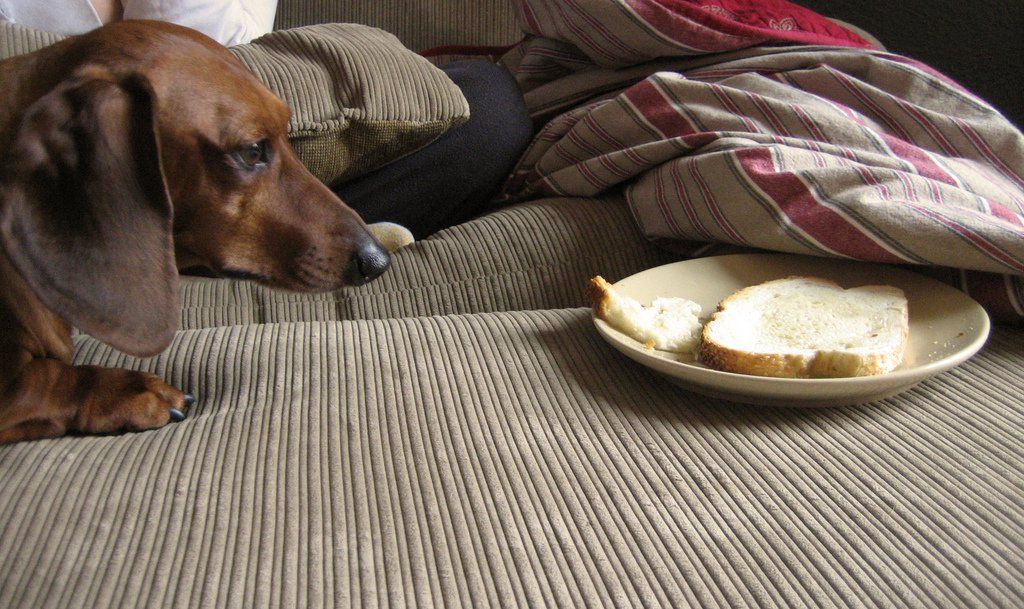
I do not recommend using cheese or sausage as an everyday treat for working with a dog - they contain too much salt, additives, and the cheese is also too fatty. But as a jackpot, these products are quite suitable, because dogs usually adore them.
The same GreenQzin treats are mostly very convenient to use for training. By the way, this company has a line of treats specifically for training - they are very small in size, they do not need to be cut - I opened the package, scored a little and started working.
Now many global manufacturers have started producing treats specifically for training - as a rule, these are small bites that are easy to chew and easy to swallow.
And if you love to cook and are ready to pamper your pet, then I will share the so-called life hack.
Shops sell silicone pyramid pan baking mats - mats with small hollow pyramids, on the top of which the meat is placed for roasting so that the fat from it flows to the base of the pyramids.